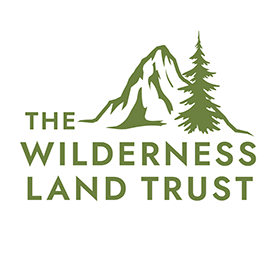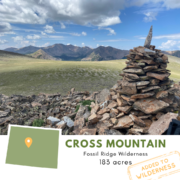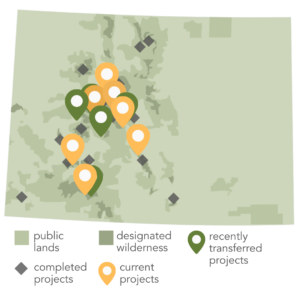Exploring the wilderness you love through maps
October 18, 2024-
In July we shared with you about our work to create a first of its kind GIS-based national inventory of private properties in and around wilderness. This tool has already been valuable in our work for how it allows us to explore the wild places we work in in a different way. We’re excited to share with you some free mapping tools that are available to the public to help you explore the wild places you love as well.
For many of us, some of our most memorable wilderness adventures began with pouring over a map: planning routes, interpreting how the topo lines would translate to the landscape under our feet. Maps help us to understand the vastness and connectedness of these wild places beyond what we can see from any valley or peak. While folding out a paper map on the trail will always be a quintessential wilderness experience, a new generation of mapping tools is helping us to understand wilderness in new ways.
The Find Wilderness tool from The Wilderness Society is an interactive map that asks where the wildest places are. With it you can visualize the wildest 30% of lands in the US, in each state, and in each county. You can scroll through the story map or click ‘explore data’ in the right hand corner to toggle between layers and zoom in on your home or favorite wilderness.

The Climate Atlas is a collaboration from several conservation groups to map six ecological indicators as well as composite models showing a location’s overall conservation value, importance in climate change mitigation, and importance in maintaining biodiversity. You can explore by zooming in on a specific landscape and switching between the composite models and individual indicators in the menu.

Probably the most complex of the three, The Resilient Lands Mapping Tool from The Nature Conservancy also maps composite models for resilience, connectivity & climate flow, and biodiversity. It also maps different component data for those models, including things like elevation, slope steepness, and bedrock and soil. You can also use more technical layers like soil carbon, vegetation and land cover, and different categories of conservation protection. This tool also allows you to draw a polygon on a specific property or area and have it analyzed for resiliency, connectivity, and climate flow.

Exploring the landscapes you care about, whether they are your own backyard or the wilderness areas you return to year after year, through maps can help deepen your understanding of and appreciation for them. After all, many of the things we value wilderness for most, like its clean air and water, thriving ecosystems, and balance of natural systems go beyond what our own eye can see. It is also essential to understanding what we are working to protect and what strategies have the most impact. We hope you enjoy nerding out on these maps as much as we do!
Get more wilderness news delivered to your inbox!
By submitting this form, you are consenting to receive marketing emails from: Wilderness Land Trust. You can revoke your consent to receive emails at any time by using the SafeUnsubscribe® link, found at the bottom of every email. Emails are serviced by Constant Contact




